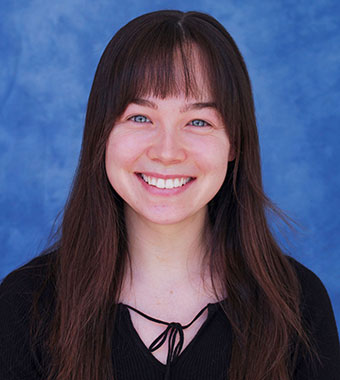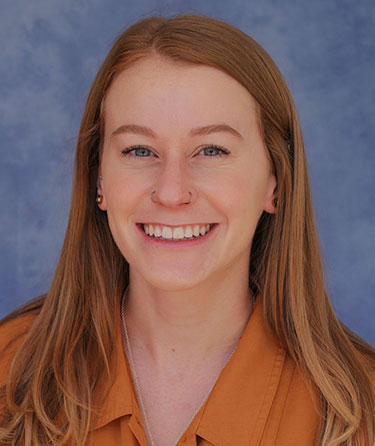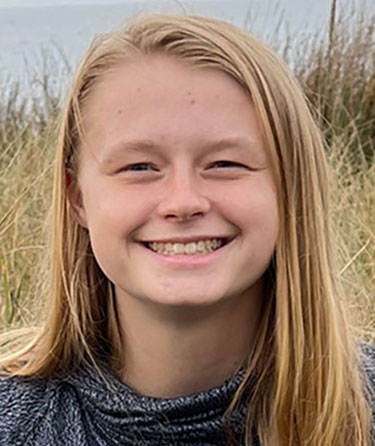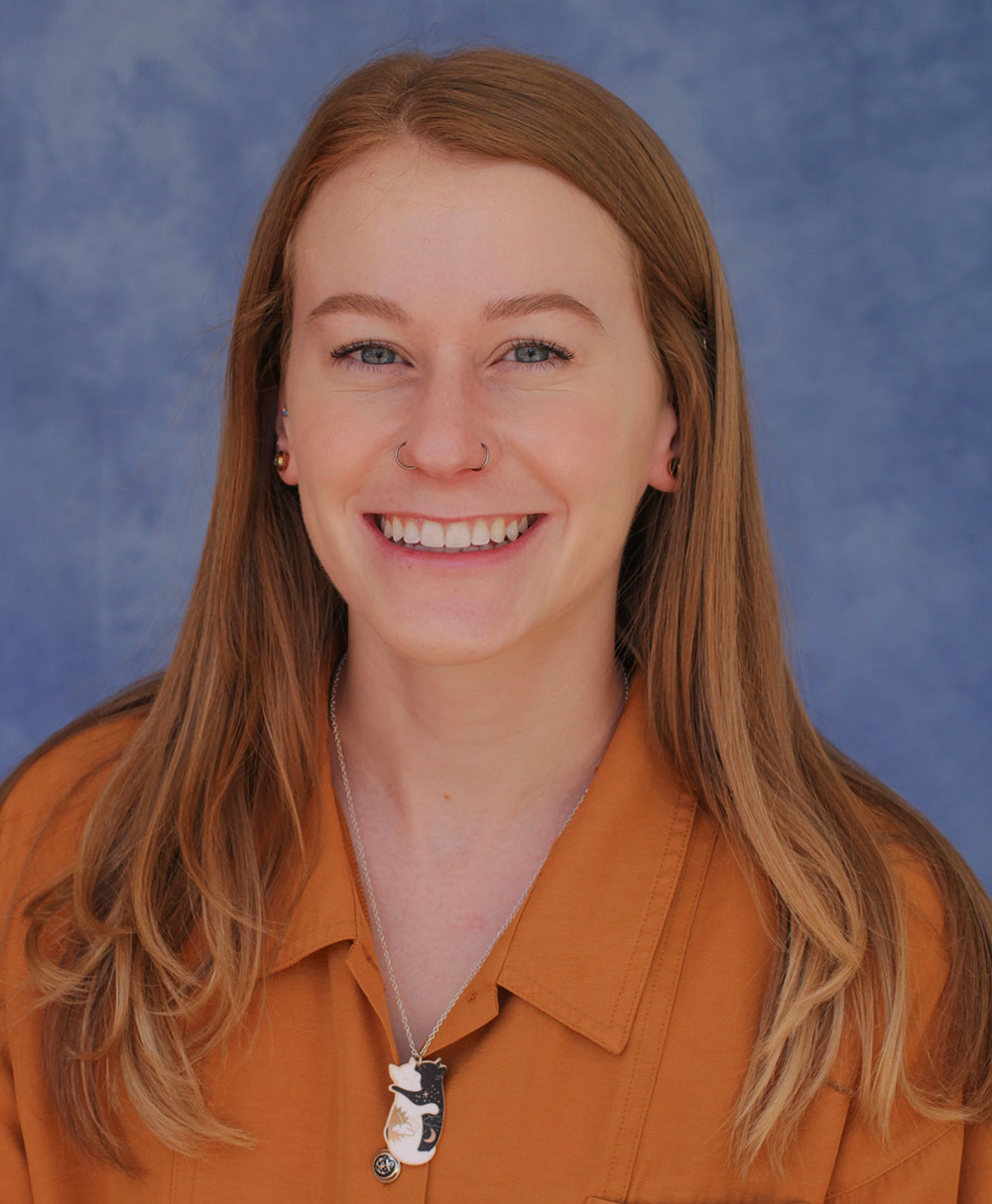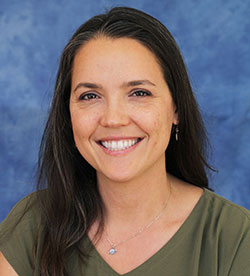 Zarah graduated from LPL in December and is currently a postdoctoral research associate working with Associate Professor Tyler Robinson. She joined LPL as a grad student in 2017 from the University of Colorado, Boulder, where she had already co-authored two papers on Saturn’s rings. As an LPL graduate student working with Associate Professor Tommi Koskinen, Zarah published 6 papers, including three as first author (one being a first-author paper in Nature Astronomy).
Zarah graduated from LPL in December and is currently a postdoctoral research associate working with Associate Professor Tyler Robinson. She joined LPL as a grad student in 2017 from the University of Colorado, Boulder, where she had already co-authored two papers on Saturn’s rings. As an LPL graduate student working with Associate Professor Tommi Koskinen, Zarah published 6 papers, including three as first author (one being a first-author paper in Nature Astronomy).
Zarah’s dissertation research provides the first global view of a giant planet middle and upper atmosphere, which is based on her analysis of stellar occultations obtained during the Cassini Grand Finale tour. Zarah’s observational results contradicted existing models and showed that auroral heating and global redistribution of energy is a viable solution to the giant planet “energy crisis” problem. These results had fundamental implications for the energy balance and circulation in the upper atmosphere and were published by Nature Astronomy (Brown et al. 2020).
Zarah’s second paper (Brown et al. 2022) in Geophysical Research Letters describes the atmospheric gravity waves that she detected in the Cassini/UVIS dataset. She showed that the deposition of momentum by these waves enhances redistribution of energy from the aurora to lower latitudes, providing a mechanism to support her previous findings.
Zarah’s thesis work culminated in a third Icarus paper (Brown et al. 2024), which extends the analysis of the stellar occultations from the highest altitudes in the atmosphere to the middle atmosphere. This paper provides the first global constraints on photochemistry and dynamics in Saturn’s mesosphere where photochemical production peaks. The results have already supported a study that produced significant new constraints on the nature and flux of external material flowing in from the rings to Saturn’s atmosphere and demonstrates the full power of multi-instrument observations in probing giant planet atmospheres for the purposes of future missions. Zarah presented her proposed circulation pattern at the DPS meeting last fall, resulting in interest for testing the ideas presented.
In addition to her academic accomplishments, Zarah had an exemplary record in service and outreach, including contributions to The Art of Planetary Science exhibition at LPL and leading the installation of the Arizona Scale Model Solar System on the UA campus as part of a NASA Arizona Space Grant Graduate Fellowship.
The Gerard P. Kuiper Memorial Award is presented to students who best exemplify, through the high quality of their research and the excellence of their scholastic achievements, the goals and standards established and maintained by Gerard P. Kuiper, founder of the Lunar and Planetary Laboratory and the Department of Planetary Sciences at the University of Arizona. To support students with the Kuiper Award, visit the University of Arizona Foundation.


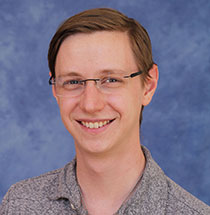 Sam Myers is the recipient of the 2024 LPL
Sam Myers is the recipient of the 2024 LPL 
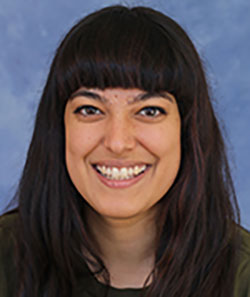 Namya Baijal
Namya Baijal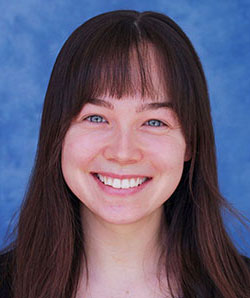 Maizey Benner
Maizey Benner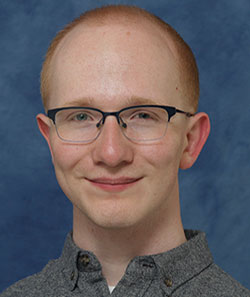 Galen Bergsten
Galen Bergsten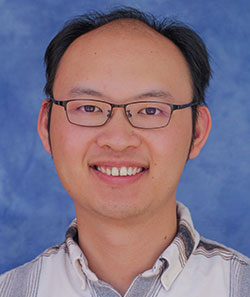
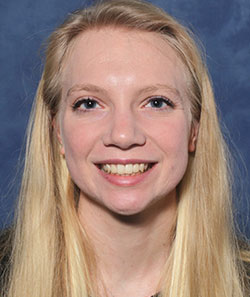
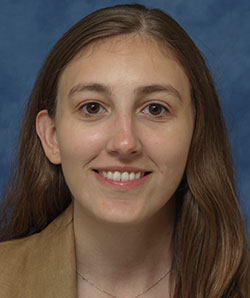
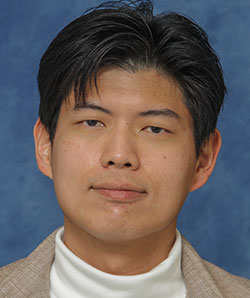
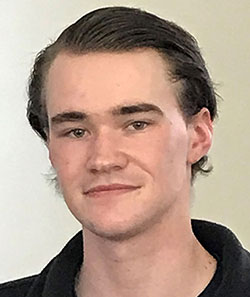
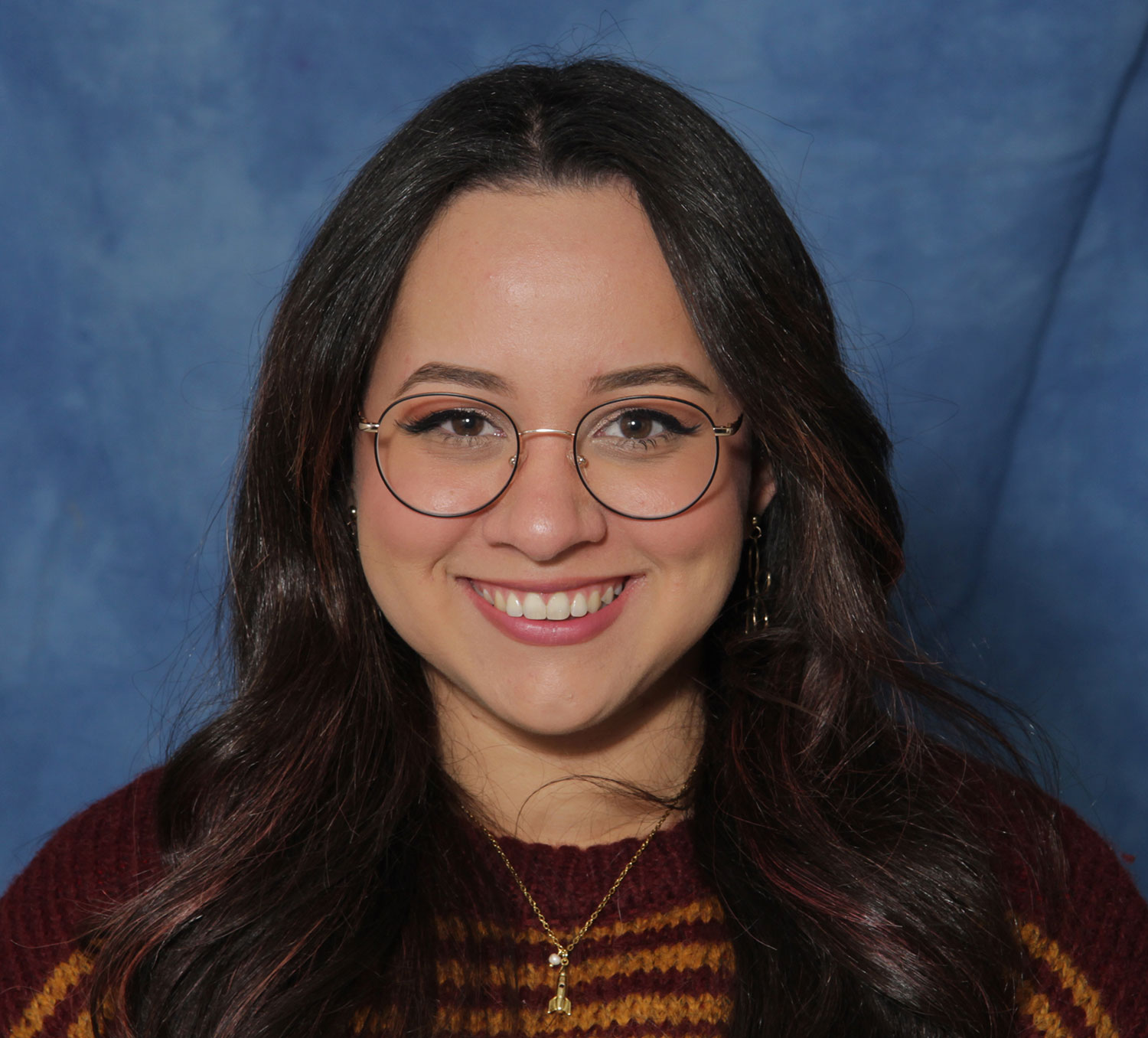
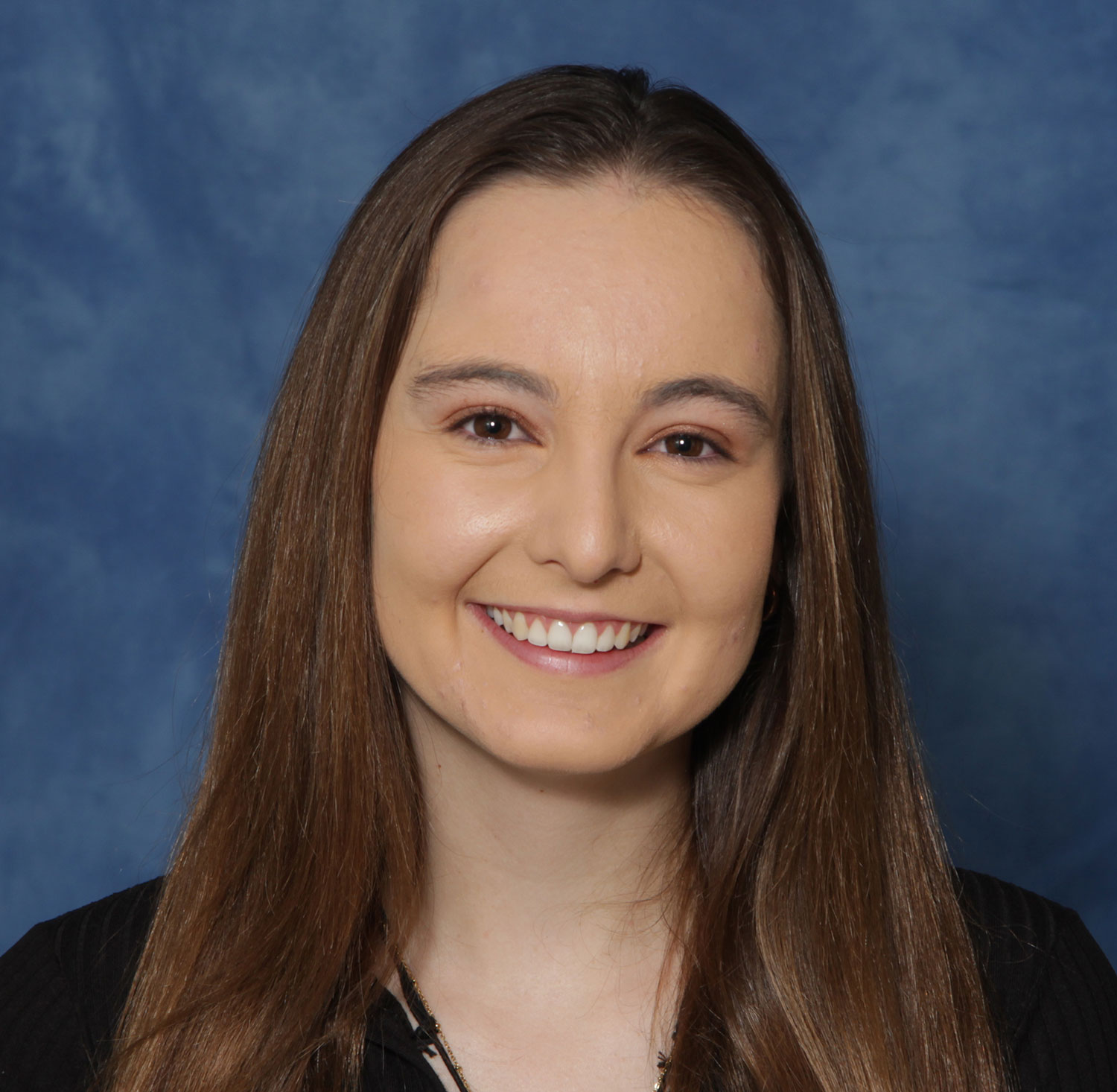
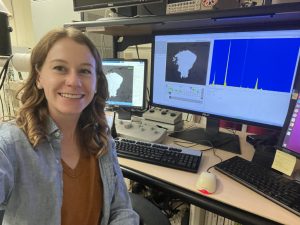 Fifth-year graduate student Zoë Wilbur was recognized with two awards for her research on meteorites.
Fifth-year graduate student Zoë Wilbur was recognized with two awards for her research on meteorites.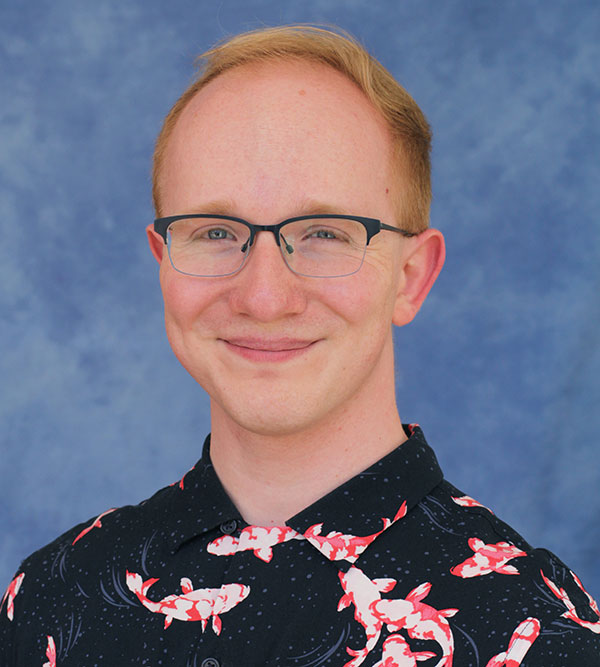 Fourth-year Ph.D. student Galen Bergsten was selected for a six-month Visiting Graduate Fellowship at the
Fourth-year Ph.D. student Galen Bergsten was selected for a six-month Visiting Graduate Fellowship at the 